Epidemics and Tech
By 2040, a combination of mega-cities, climate change, an increasing global population and high rates of travel will result in the first influenza-based major pandemic of the 21st century. This will galvanize political will and spur development of technology to accelerate vaccine production and distribution.
As the world’s population lives longer, latent disease and disease of the aged or infirm will increase dramatically.
Globally, lifestyle diseases will reach pandemic levels.
NATO-LIKE FIRST RESPONDERS
As global epidemic response shifts away from policy and toward technological innovation and rapid, coordinated first response and delivery, the WHO will become increasingly irrelevant in the initial response stages. During recent global epidemics, for example, NGOs have taken more and more of a role in the first weeks and months because of their legal and social flexibility.
Eventually, a NATO-like organization for global health will need to be created, capable of coordinating basic prophylactic and anticipatory measures. Preparatory drills, coordination of supply chains and rapid intervention agreements could ensure readiness. Aging military or naval equipment, likely from the US or other developed countries, will be repurposed for epidemic-specific stockpiling of resources and people.
Sovereign rights against intervention will muddle international efforts to stem epidemics. The 21st century could see an armed conflict begun over stymied attempts at quarantine during an early-stage epidemic.
DNA SENTINELS TO DETECT OUTBREAKS IN DEVELOPING COUNTRIES
A pandemic or threat of a pandemic will mobilize the placement of “sentinels” in jungle, rural or developing hotspots as well as major destinations and settings for disease transmission like airports, train stations, borders and hospitals. Devices will rapidly detect a fever or sickness behaviors—altered gait, sneezing or coughing—and rapidly sequence ambient DNA, allowing for the detection of viruses or bacteria at international borders.
The Zika virus was detected as early as the 1940s in Africa. A few cases in Asia in the second half of the 20th century preceded its arrival in Brazil, where it then mutated, likely, in the northern jungles before finally spreading to urban populations and rapidly from country to country. Many such other viruses are likely lying dormant in so-called host reservoirs. Sentinels will be required to detect and suppress would-be epidemics in their earliest stages.
We can do the job, if we have the resources.
Dr. Margaret Chan
former Director-General, World Health Organization
-
8.5%Adults with diabetes
-
42%American obesity level by 2030
CLIMATE CHANGE WILL EXPAND DISEASE HOST RANGES
Based on climate change predictions, the host range of many disease-carrying mosquitoes and insects could extend to the US, afflicting poor, rural parts of many Southern and Gulf Coast states.
Changes in local ecologies, water temperature and host and vector availability, upon which many diseases depend, could imbalance microorganism competition, leading to unexpected blooms of disease. Species of Salmonella, for example, increase reproduction as temperatures rise within a range of 7oC–37oC. Increased temperatures may also have unintended benefits—the malaria parasite ceases development above 33oC.
LIFESTYLE DISEASE AVALANCHE
10 million people die of communicable diseases per year, 18% of total worldwide deaths. According to the WHO, diseases linked to lifestyle choices lead to the early deaths of an additional 16 million people per year.
8.5% of adults have diabetes.
Lifestyle diseases like diabetes, which kills 1.5 million per year and contributes to the deaths of another 2 million per year, and obesity, which contributes to the deaths of 2.8 million per year, will reach pandemic status.
By 2030, the CDC predicts that 42% of Americans will be obese and that 11% will be severely obese. Based on 2010 levels, such an increase would add an estimated $549.5 billion to total medical expenses.
Major grocers could begin targeting consumer diets personalized to genomes or offer disincentivization pricing for at-risk individuals, effectively taxing lifestyle disease.
Portable food scanners will allow people to test the composition of their food and track their diet using apps. With a concerted effort, the food industry could work with health technology companies to make poor diet the new smoking: inconvenient, costly and socially unacceptable. The alternative: obesity becomes the new normal, stalling or reversing the overall increase in life expectancy.
The FDA recently approved the first artificial pancreas, and closed-loop (fully automated) versions are in development. Combined with gamification of diet and health, digital contact lenses and implantable or biometric tattoos will help manage chronic conditions like diabetes.
